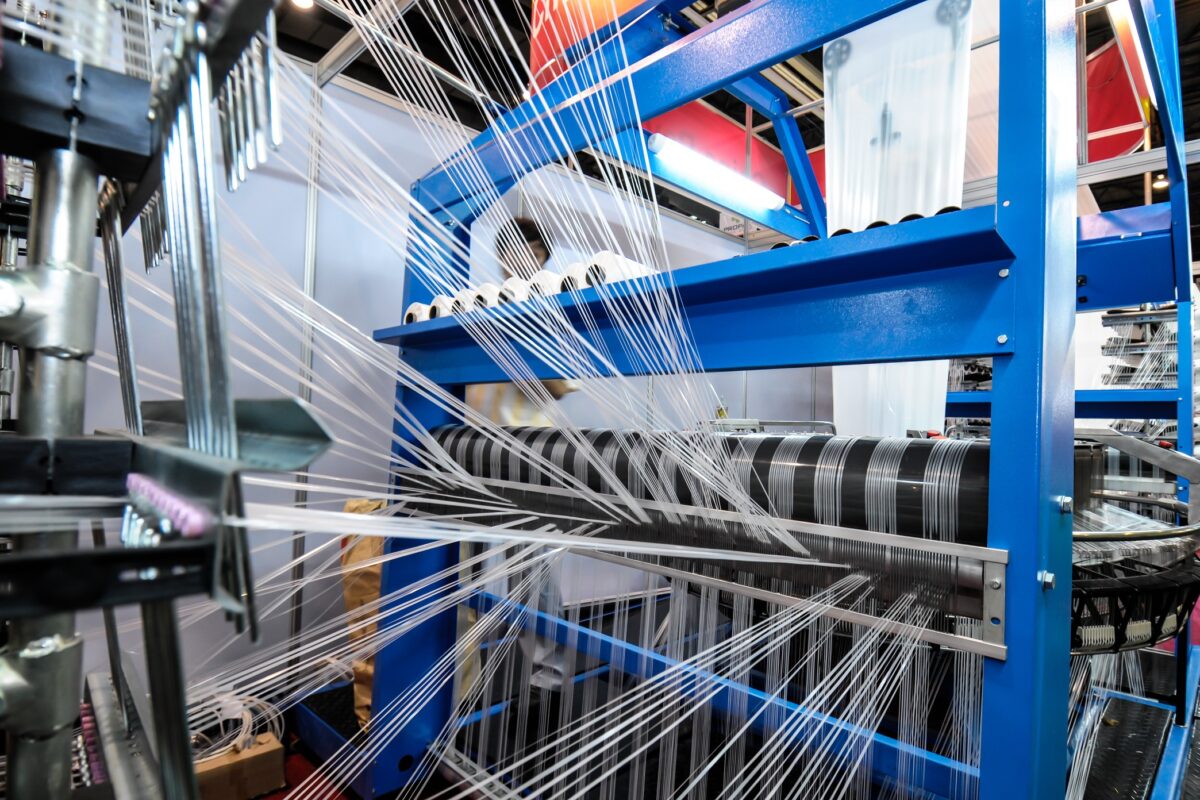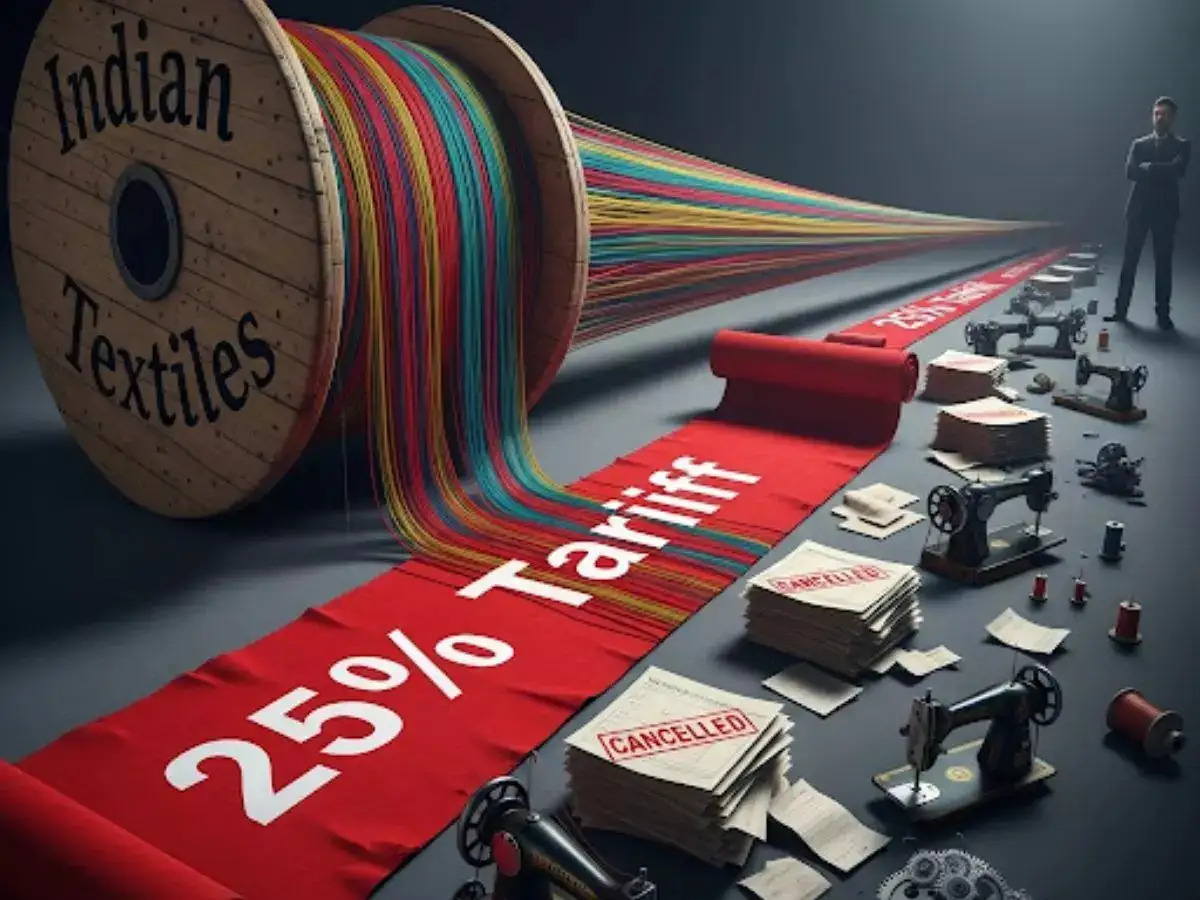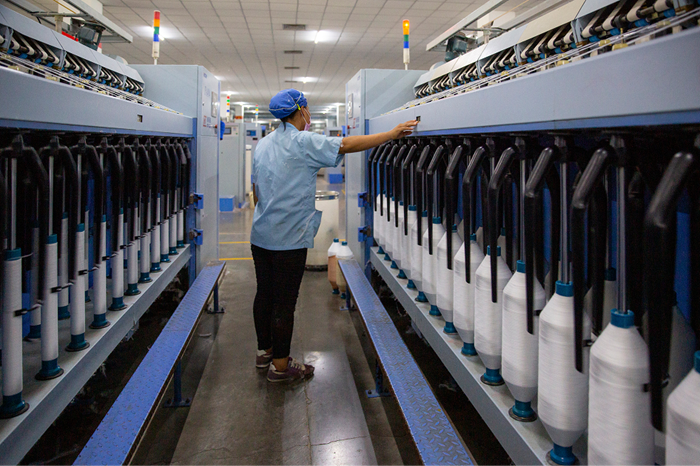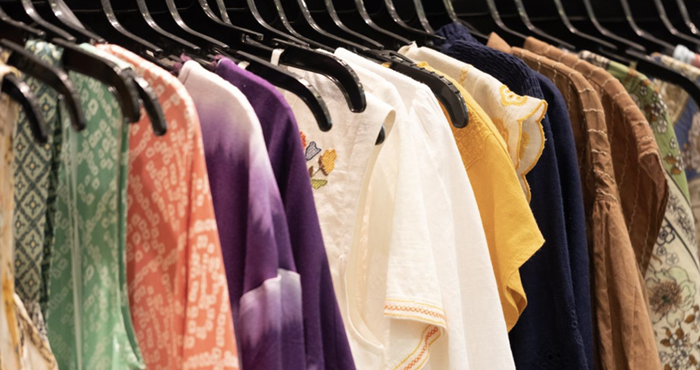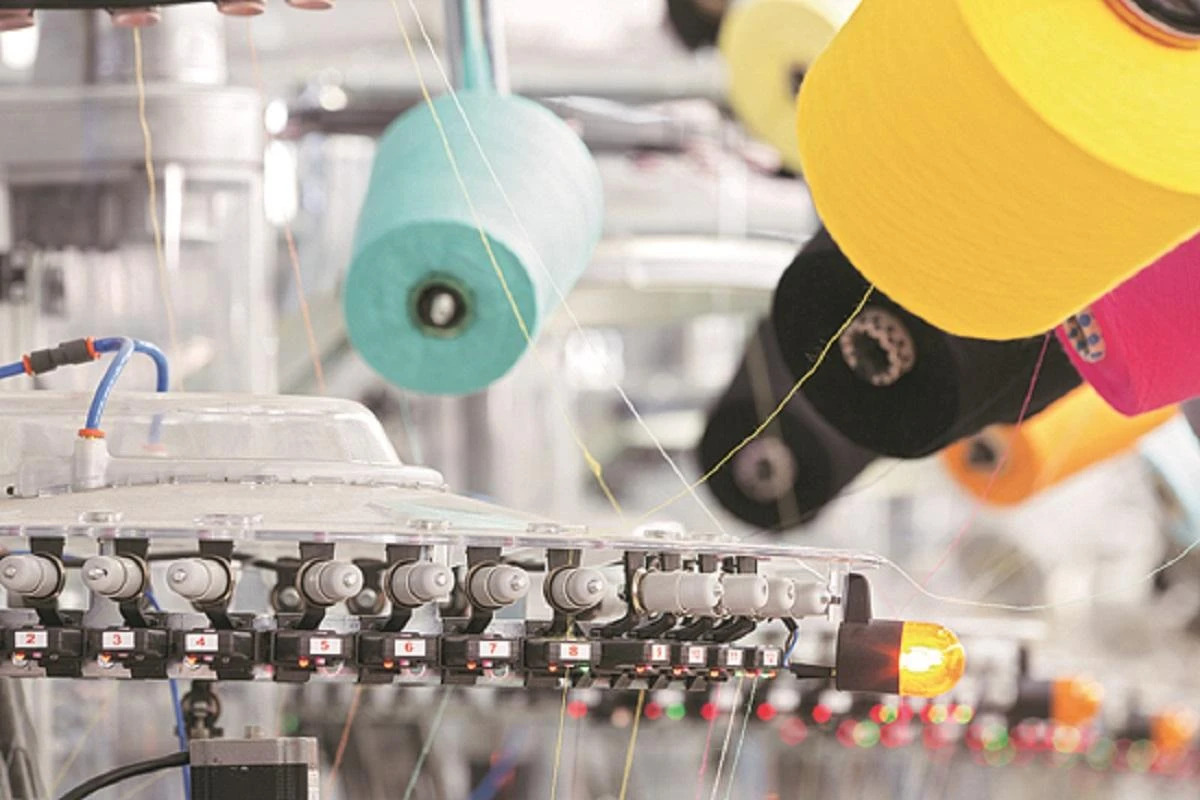
November 12, 2025, could go down as a watershed date in India’s textile history. In a single day, the government announced two transformative measures, a decisive rollback of Quality Control Orders (QCOs) on key man-made fibre (MMF) inputs and the approval of a massive Rs 45,060 crore export promotion package. Together, these steps are being hailed as the long-awaited ‘big bang’ reforms that could redefine India’s global textile competitiveness.
Industry veterans such as the Southern India Mills’ Association (SIMA) and CTA Apparels have called the move “transformational,” arguing that these policies could finally bridge the decades-old gap between India’s raw material costs and those of global competitors like China and Vietnam.
QCO Repeal: Unlocking the fibre advantage
For the MMF sector, which commands nearly 70 per cent of the global textile market, the removal of QCOs on polyester fibre, yarn, and filaments marks a critical turning point. The now-rescinded QCO regime had unintentionally throttled India’s competitiveness by restricting the import of specialized fibres, forcing manufacturers to rely on costly domestic options.
What QCO removal means for the industry
This reform addresses the single most critical bottleneck in the MMF value chain cost inefficiency. By permitting open imports, Indian mills will finally have access to fibres on par with global pricing, enabling them to compete in both cost and quality. For domestic consumers, it translates to more affordable synthetic apparel.
Level playing field: The rescission, effective from November 12th, 2025, addresses a long-standing demand, ensuring the availability of fibres at internationally competitive rates.
Cost efficiency & price reduction: Competitive imports are now expected to stabilize domestic prices, easing cost pressures on downstream manufacturers and leading to a reduction in the price of polyester-based garments for domestic consumers.
Preventing NPAs and job retention: This timely initiative is expected to help prevent the closure of several powerloom units that were on the verge of becoming Non-Performing Assets (NPAs) due to the shortage of competitively priced fibres.
“This path-breaking reform marks a significant milestone in positioning India as a global hub for man-made fibre-based textiles and apparel,” says Durai Palanisamy, Chairman of SIMA. He further emphasized the importance of extending the QCO repeal to include Viscose Staple Fibre (VSF) and filament yarn, which remain critical to completing the MMF ecosystem. SIMA has, however, made an appeal to the government to also remove the QCO on VSF (Viscose Staple Fibre) and filament yarn, which is the second-largest MMF raw material.
Rs 45,000 cr boost for exports and MSMEs
Simultaneously, the cabinet approved a substantial Rs 45,060 crore package to strengthen the country’s export landscape, with a dedicated focus on the textile industry and its backbone, the Micro, Small, and Medium-sized Enterprises (MSMEs).
This package is bifurcated into two critical components:
|
Component |
Outlay (Rs cr) |
Strategic focus |
|
Export Promotion Mission (EPM) |
25,060 |
Strengthen export competitiveness, especially for first-time exporters and labour-intensive sectors, which include textiles. |
|
Credit Guarantee Scheme for Exporters (CGSE) |
20,000 |
Provide 100% credit guarantee coverage and collateral-free working capital. |
This package effectively acts as a lifeline for small and medium textile exporters navigating volatile global markets. While the EPM boosts export readiness, the CGSE ensures liquidity, enabling MSMEs to take on larger orders and sustain operations without financial strain. “The government’s support package offers timely reassurance to the exporting community,” said Mukesh Kansal, Chairman of CTA Apparels. “For a sector where efficiency and financial agility are critical, improved access to credit will help sustain momentum despite global headwinds.”
MMF value chain revival
The twin reforms are expected to reverberate across the entire MMF value chain from yarn and fabric to garments, made-ups, and even technical textiles.
Value chain benefits
• Raw material access: Easier sourcing of high-performance polyester and technical fibres for specialized applications.
• Fabric & garment manufacturing: Improved price efficiency to restore export margins lost to Southeast Asian competitors.
• Technical textiles: Renewed investor confidence in diversified categories such as medical, automotive, and geotextiles sectors also incentivized under the PLI Scheme and National Technical Textiles Mission.
By lowering raw material barriers and supporting exports, India’s MMF segment will become more globally relevant, moving up the value chain from basic fabrics to high-performance and technical categories. This shift aligns with the government’s ambition to drive value-added exports rather than volume-based growth.
Fibre neutrality and global market access
These reforms build upon earlier government moves that collectively enhance India’s textile competitiveness.
Recent policy catalysts
• Fibre-neutral framework: Removal of import duties on cotton and GST rationalization for MMF products to 5 per cent have created parity between natural and synthetic fibres.
• FTAs on the horizon: Industry optimism is high over pending Free Trade Agreements (FTAs) with the European Union, and potential Bilateral Trade Agreement (BTA) negotiations with the US, both of which could deliver crucial tariff advantages.
The combination of QCO removal, fiscal support, and trade negotiations places India on a firm footing to challenge regional textile powerhouses. Equal treatment of fibre types ensures that both cotton and polyester-based products can compete effectively in export markets.
A $350 bn opportunity
If executed effectively, these reforms could be the springboard that propels India’s textile and apparel sector toward its $350 billion target by 2030a goal long hindered by input bottlenecks and fragmented policy support. The sentiment across industry corridors is one of cautious optimism: structural reforms are finally matching the scale of India’s textile potential.
As global buyers increasingly seek diversified sourcing destinations beyond China, India’s recalibrated ecosystem powered by cheaper inputs, export-friendly financing, and improved trade access, may finally deliver on the promise of making India not just a ‘factory of fabrics’, but a global fashion manufacturing hub.

